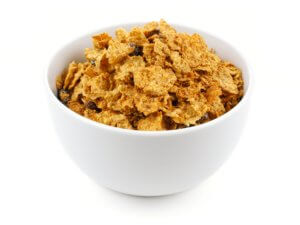
MICROBIOME RESEARCH IS MORE THAN CHASING GUT FEELINGS
- Giant Leaps In Health, Longevity & Quality of Life -
Story by Chad Campbell, Photographs by Tom Campbell
“Microbiome wrangler, genome jockey and fan of fermentation.” Steve Lindemann is an assistant professor of food science and nutrition science at Purdue, but it’s his Twitter description that conveys his enthusiasm about his research.
IT'S A SMALL WORLD
“There’s a whole realm of personalized nutrition with respect to microbiome science that is just waiting to be unlocked,” Lindemann began.
“A microbe is essentially an organism that is too small to be seen by the naked eye. We live in a world full of microbes. There are microbes in the air, there are microbes on every surface of every room we come in contact with."
“Most of the time, these microbes are not even close to dangerous for us. In many cases, they are either commensal organisms that are just along for the ride, or they are beneficial to our biology. They perform a function. For example, fermenting dietary fibers in our colon, accessing nutrients that we don’t have access to -- that’s solely a microbial activity. Without them, we would not be nearly as healthy as we are.
“What we’re interested is not individual microbes,” Lindemann noted, “but rather what the collective behavior is that comes from the entire ecosystem.”
“There’s a whole realm of personalized nutrition with respect to microbiome science that is just waiting to be unlocked.”
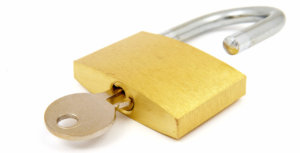
These ecosystems, known as microbiomes, grow around the world, in association with all living things, such as plants, animals or people. The gut microbiomes inside humans fight illnesses and support immune systems. Even within close relatives, microbiomes can be vastly different with many versions of healthy or unhealthy.
“As an ecosystem, the gut microbiome is like other ecosystems, such as a forest.” Lindemann provided the example of healthy forests that exist around the world, yet have different species and abundances of trees. “You could have mostly oak and pine forests, but your acorn abundance is going to be very different between them. An animal that eats acorns would be tuned to the amount of oak trees in the ecosystem.” He elaborates with another description saying that wolves could benefit the health of one forest, while damaging another – depending upon the intricate interactions among species.
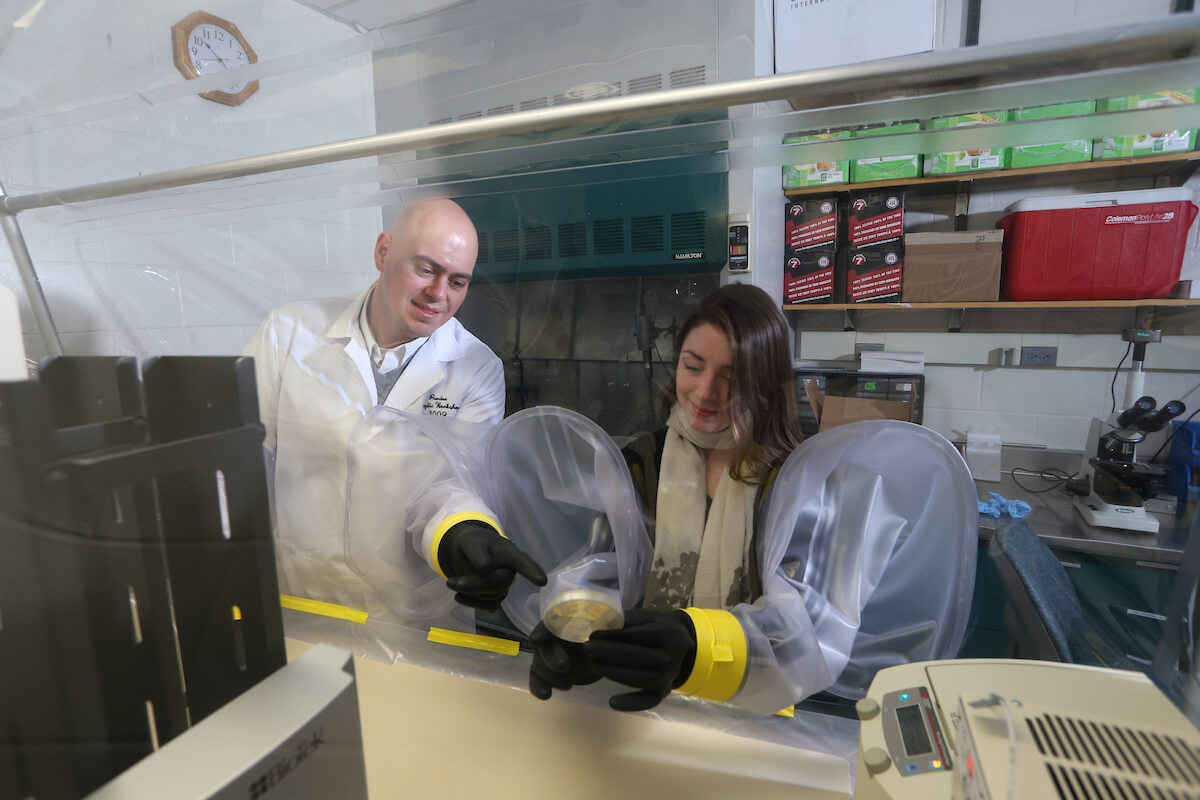
GUT REACTIONS
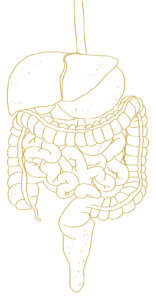 “Your microbiome and mine will respond quite differently to the same meal,” explained Lindemann. “People’s microbiomes are incredibly individual. They’re governed by genetic factors and environmental factors. Diet is one very strong environmental parameter in driving the content of the microbiome. The beautiful thing is - the thing we are starting to really get excited about - is that even though people’s individual microbiota start in very different places, in many ways their responses to identical carbohydrates are the same.”
“Your microbiome and mine will respond quite differently to the same meal,” explained Lindemann. “People’s microbiomes are incredibly individual. They’re governed by genetic factors and environmental factors. Diet is one very strong environmental parameter in driving the content of the microbiome. The beautiful thing is - the thing we are starting to really get excited about - is that even though people’s individual microbiota start in very different places, in many ways their responses to identical carbohydrates are the same.”
Thinking a step ahead, Lindemann’s lab is studying the impact of dietary components, like dietary fibers, to better prepare for the day when healthy microbiomes are able to be better defined.
“When we start to really identify what the healthy states are for a microbiome, we want to be ready with some solutions to actually move people with less healthy microbiomes to a healthier microbiome in a predictable way. That is where the rubber is going to hit the road. What we do is build a roadmap for how microbiomes can be shifted.”
“The problem with carbohydrates is that they’re incredibly structurally diverse. There are so many ways you can put together a carbohydrate.” Lindemann continued, “Every different kind of linkage among carbohydrates in a structure requires a different enzyme to break it down.” Because of this, accessing the carbohydrates in consumed dietary fibers is a complicated process for microbes.
“Because there’s such diversity of carbohydrates in our food and in the world in general, it is impossible to test them all. Therefore, my lab is working on generalizable principles to describe how the properties of a carbohydrate will influence the ecology of the gut.” Lindemann hopes to use these trends to predict how certain carbohydrates, like polysaccharides, will influence the gut microbiome.
“What we do is build a roadmap for how microbiomes can be shifted.”

Variety among the structures of polysaccharides is part of the reason not all dietary fibers have the same impact on consumers.
Watch Lindemann explain why.
SMALL STEPS, NOT GIANT LEAPS TO CONCLUSIONS
“We’re in the Wild West phase of science when it comes to the microbiome,” said Lindemann. “When it comes to popular literature, there are a lot of recommendations floating around that are not science-based or only partially supported by science. There’s a number of limitations to scientific studies which aren’t really taken into account when the practices are formulated, meaning there was an observation, but from that observation there is overgeneralization or there is overapplication.”
“We’re in the Wild West phase of science when it comes to the microbiome.”
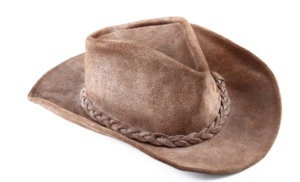
“We are a field in our infancy and there is an intense desire to apply. We have to be judicious in how we do it. Otherwise, the best case is we are going to be frequently disappointed and in the worst case, we might actually be doing some damage we do not even understand,” cautioned Lindemann.
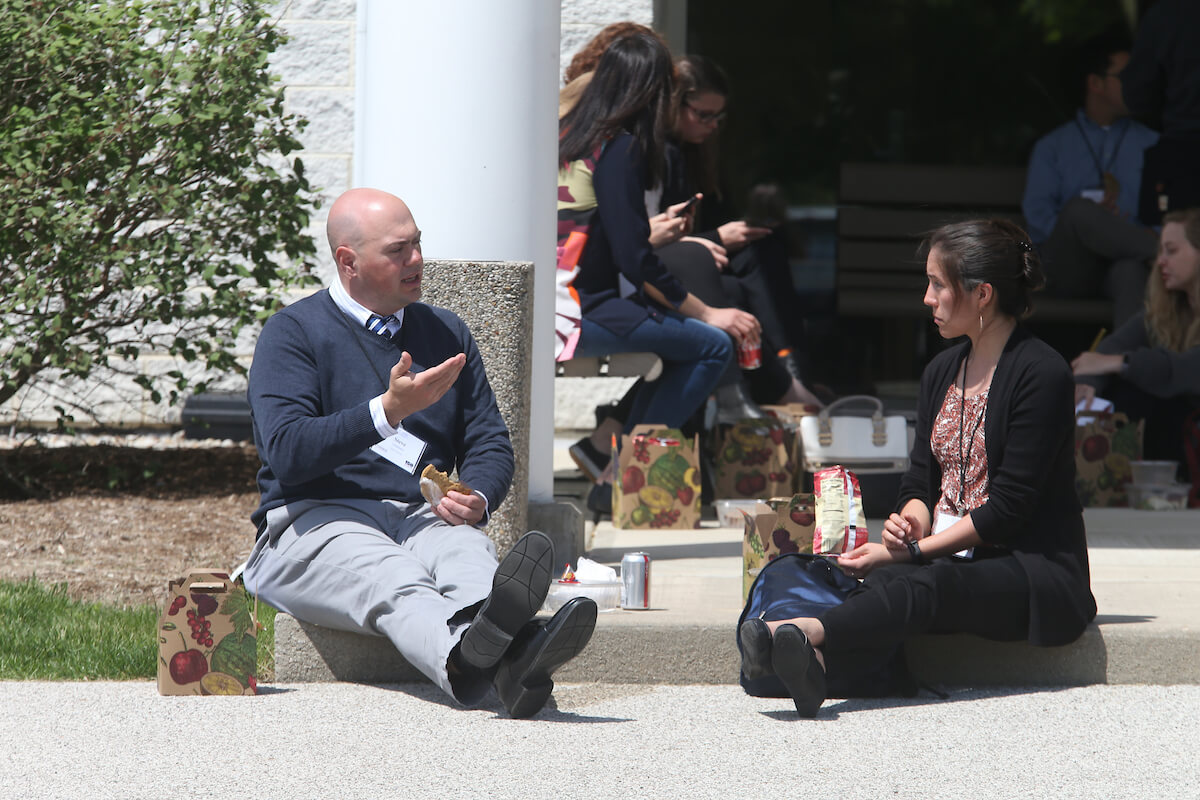
Lindemann shared ways his family hopes to promote healthy gut microbiomes as the science develops.
“Studying the gut microbiome and specifically carbohydrate interactions with the gut microbiome has made it much more important in our family to get our dietary fiber for the day and get it from diverse sources.” Lindemann continued, “It also influences how we interact with the world around us. It is part of the reason we go outside and play in the dirt. It is part of the reason that we have dogs and keep chickens. We have a continual connection with the land and continual influx of diverse microbes into the house. We think that’s good for our health. Science suggests that diversity is good for you. Microbial diversity is definitely a good thing.
“In this case, the thing you need to do is the thing your grandma told you. Eat your veggies, and as many different types as you can – especially high-fiber ones like beans and cereal brans.”
